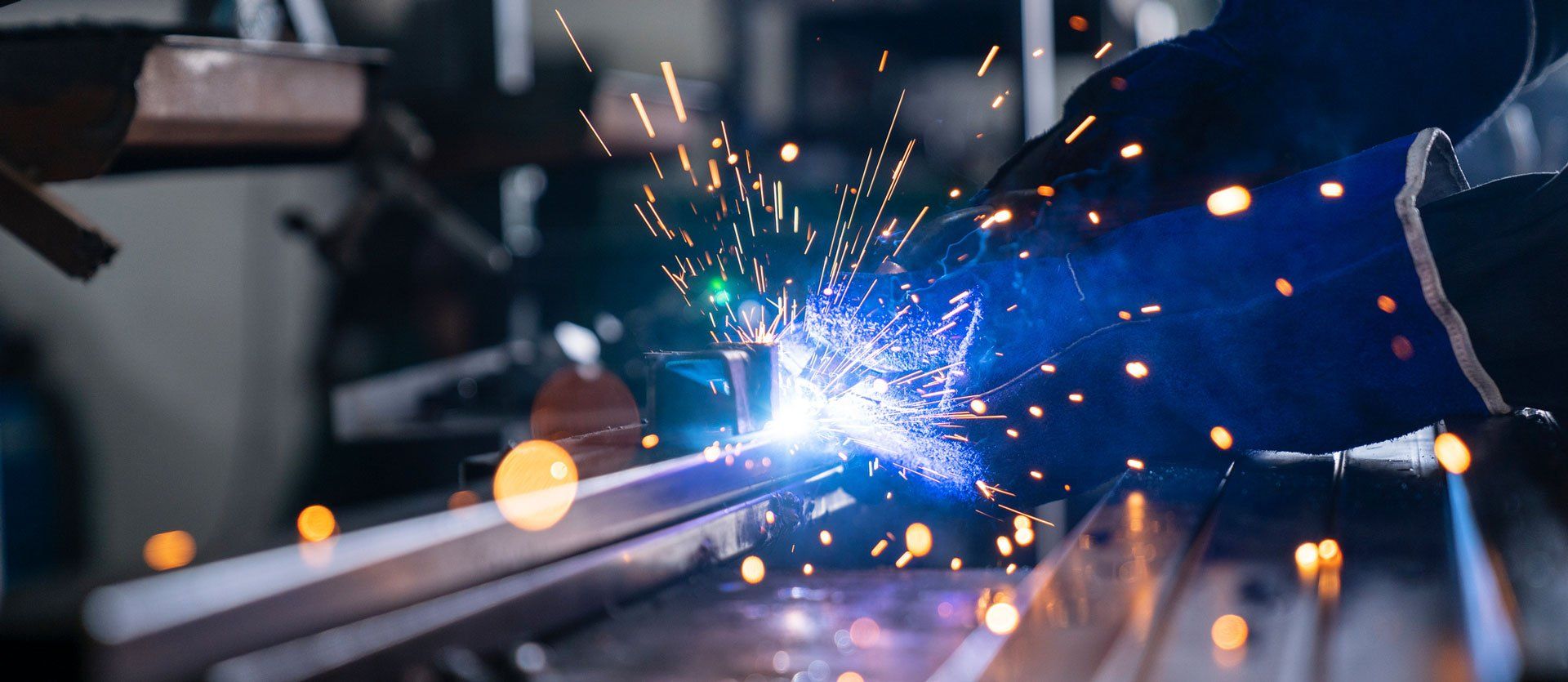Call Us Now!
Address: 837 S Kraemer Blvd. Placentia, CA 92870
Big Enough to Serve You & Small Enough to Know You.
Hot-rolled Vs. Cold-rolled Steel: Understanding the Differences in Layman's Terms
Not sure about the best type of steel to use for your project? Learn about the advantages and disadvantages of cold-rolled vs. hot-rolled steel.
No matter what type of project you have before you, your finished product is only as good as the materials used in the construction process. Therefore, when you are working with metal pieces and components, knowing for certain that you have the right thing for the job is critical. The only problem is that the world of fabricated metals is a vast one, especially when it comes to the different forms of steel.
Hot-rolled and cold-rolled steel pieces are just two of the common forms of steel you find when you pick out pieces at a metal fabrication company. Even if you know a few basics about these two different types of finished metal, you really do need to have a full understanding of each, including how they're made and the advantages and disadvantages of each, in order to choose the best type for your project.
Hot-rolled Steel
Hot-rolled steel is brought to extremely high temperatures of over 1700 degrees in a machine or kiln before it is processed, shaped or extruded. Because the steel is hot, it becomes easier to shape and manipulate into different forms and shapes using everything from machinery to hand tools.
Advantages of Hot-rolled Steel
Hot-rolled steel has its advantages for various applications. For example, if you need a piece of steel that is curved or arched, this can be achieved through the hot-rolling process. You should have no problem finding hot-rolled steel:
- Massive sheets
- Shaped beams
- Arched or angled pieces
Not only is hot-rolled steel available in a larger array of forms and pieces, it can be used to create large pieces without having to worry about the integrity of the material being compromised. Because of this, hot-rolled steel is often used in structural projects.
Disadvantages of Hot-rolled Steel
With hot-rolled steel being somewhat reconfigured through the heating and cooling process, the ending finish is usually more grainy and rough. Hot-rolled steel can also be less durable than cold-rolled steel, sometimes bending or denting with much less force. Additionally, hot-rolled steel tends to have a higher carbon content of 0.29 percent, which can be a concern during forging.
Cold-rolled Steel
Cold-rolled steel is not necessarily formed cold, but is formed at a temperature that is pretty much the same as the current temperature of the room or area the steel is in. In other words, the metal is not heated before it is processed or formed in the equipment. Therefore, it is shaped with heavy-duty rolling equipment and machinery that uses strong resistance and force to alter the material's structure.
Advantages of Cold-rolled Steel
Cold-rolled steel does have some advantages because it has not been altered by chemical transformations or by heat. This form of steel is much harder in composition, so it retains its shape very well. Cold-rolled steel sustains strain hardening, which means that it can have its strength boosted by as much as 20 percent. Additionally, cold-rolled steel has a smoother finish, which can be important for aesthetic purposes. It also has a carbon content right around 0.18 percent, which makes it easier to forge.
Disadvantages of Cold-rolled Steel
Because cold-rolled steel is less malleable at its natural temperature, there can be limitations to the available shapes of this product. For example, cold-rolled shapes may be limited to:
- Rounded or tubular rods
- Cubical-shaped pieces or rods
- Flat sheets or strips
Additionally, it can be more difficult to find large cold-rolled pieces than it would be to find large hot-rolled pieces. This is because to be sold as cold-rolled, the pieces must have a certain resiliency and strength, which can be lost when pieces are machined to larger proportions.
Find the Cold-rolled and Hot-rolled Steel You Need
Finding the steel components you need is important, and Schorr Metals Inc. can help you get just what you need to complete every project. Contact them for all of your metal product and fabrications needs.
Email Address: info@schorrmetals.com
Call Us Now!
Business Hours:
Monday 7:30 am - 4:45 pm
Tuesday 7:30 am - 4:45 pm
Wednesday 7:30 am - 4:45 pm
Thursday 7:30 am - 4:45 pm
Friday 7:30 am - 4:45 pm
Saturday 7:30 am - 11:45 am
Licensed, Bonded & Insured




Address: 837 S Kraemer Blvd. Placentia, CA 92870
We Serve: Orange County, Los Angeles County, Riverside County, San Bernardino County in CA





